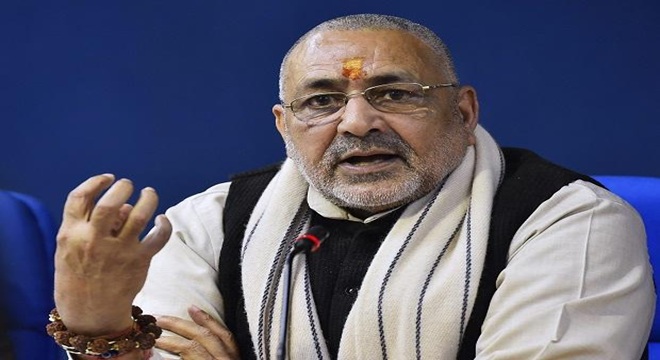
Textile Minister Highlights GST 2.0 As Game-Changer For Industry Growth
Union Textiles Minister Giriraj Singh has described the GST 2.0 reform as a landmark moment for India’s textile sector, stating it will lower costs, correct duty inversion, boost demand and strengthen the global competitiveness of the industry. Singh outlined the reform’s potential to help India achieve a US$ 350 billion textile economy by 2030.
According to the Economic Survey 2024-25, the textile
and apparel industry contributes around 2.3 % of GDP, 13 % of industrial
production and 12 % of exports. The sector currently employs over 45 million
people, making it the second-largest employment creator after agriculture.
Singh emphasised that GST 2.0 reduces the tax burden on
essential garments, improves input cost structures for producers and creates a
fibre-neutral regime that benefits micro, small and medium enterprises (MSMEs).
The reform introduces a simplified two-slab tax framework and reduces GST on
key textile inputs and finished goods, which analysts expect to boost domestic
consumption and exports.
Industry stakeholders welcomed the announcement, noting
that reduced compliance costs, improved competitiveness in man-made fibre
segments and increased investment under programmes like the Production Linked
Incentive Scheme (PLI) and PM MITRA Parks will be vital. As the reforms roll
out, the textile sector may gain vital momentum in India’s ambition to become a
global textile manufacturing hub.
Singh emphasised that GST 2.0 reduces the tax burden on essential garments, improves input cost structures for producers and creates a fibre-neutral regime that benefits micro, small and medium enterprises (MSMEs). The reform introduces a simplified two-slab tax framework and reduces GST on key textile inputs and finished goods, which analysts expect to boost domestic consumption and exports.
If you wish to Subscribe to Textile Excellence Print Edition, kindly fill in the below form and we shall get back to you with details.








